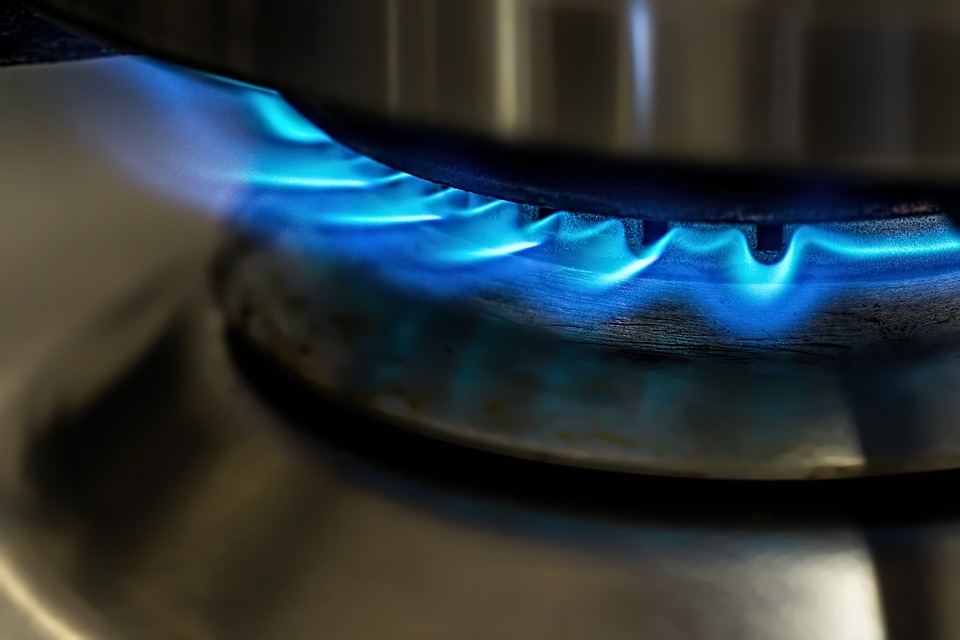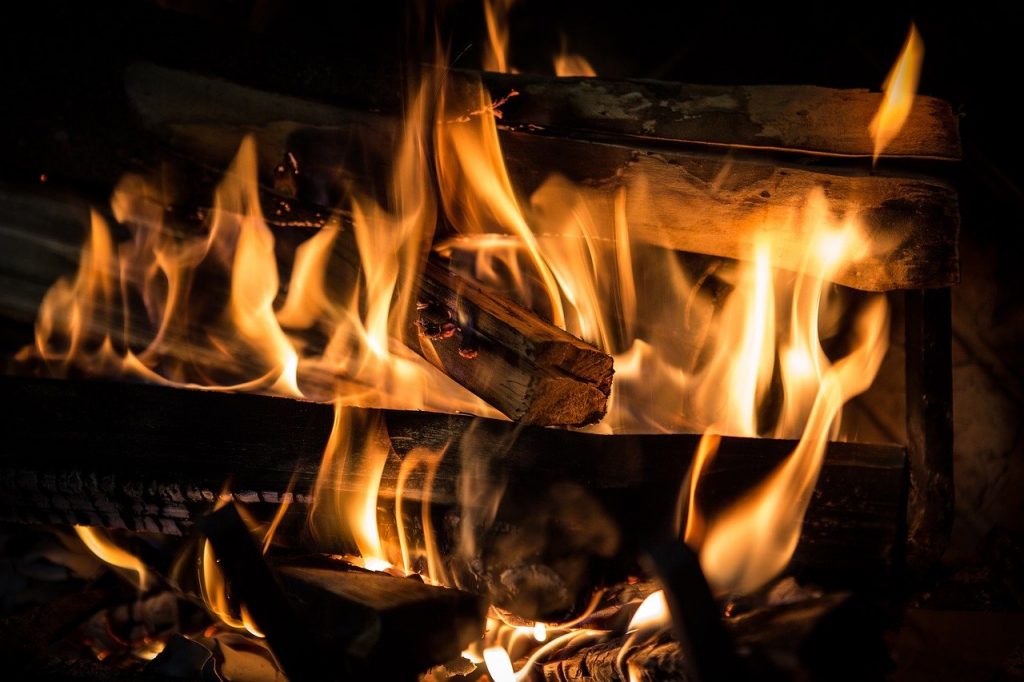Indoor air pollution poses a significant health risk, often underappreciated due to the invisible nature of its harmful components. This invisible foe, lurking within the confines of your homes, consists of numerous sources. Gas stoves, paints, cleaning products, and wood-burning fireplaces are just a few examples of the culprits contributing to indoor pollution. Understanding these sources and how to mitigate their effects is paramount in ensuring a healthier living environment. As such, this blog post aims to shed light on these pollution sources and propose effective strategies for minimizing their impact on indoor air quality.
Contents
Gas Stoves

The convenience and efficiency of gas stoves make them a common feature in many households. Yet, they can contribute to indoor air pollution through the release of harmful byproducts like nitrogen dioxide and carbon monoxide. These gases can accumulate over time, potentially leading to serious health issues, particularly respiratory ailments. It becomes vital then to install effective ventilation systems that can reduce the concentration of these pollutants.
Regular maintenance also plays a significant role in keeping indoor pollution levels in check. A well-maintained stove is less likely to leak harmful gases, reducing its impact on indoor air quality. Additionally, using the stove in moderation, or considering alternatives such as electric stoves, can further help in creating a healthier home environment.
Paint

A fresh coat of paint can breathe new life into any space. However, many conventional paints contain Volatile Organic Compounds (VOCs), which contribute to indoor air pollution. These compounds evaporate into the air during and after painting, causing harmful effects on indoor air quality. Extended exposure to VOCs can lead to various health issues, including headaches, dizziness, and, in extreme cases, damage to the liver, kidney, and central nervous system.
To ensure a healthier living environment, it is crucial to opt for low-VOC or VOC-free paint products. Many brands now offer such alternatives, recognizing the growing concern for indoor air quality. Besides, adequate ventilation during and after painting can significantly reduce VOC concentrations, mitigating their potential impact on health.
Cleaning Products

Cleaning products are essential in maintaining a tidy and hygienic home. Unfortunately, many of these products contain harmful chemicals that can pollute indoor air. Ammonia, chlorine, and phthalates are a few examples of substances often found in cleaning products that can be harmful when inhaled.
An effective approach to reducing the potential pollution from cleaning products is to use eco-friendly alternatives. Many natural substances, such as vinegar, baking soda, and lemon juice, can serve as potent cleaning agents without compromising air quality. Alternatively, an increasing number of companies are offering ‘green’ cleaning products that are free from harmful chemicals, providing a safer choice for health-conscious consumers.
Wood Burning Fireplaces

Wood-burning fireplaces, while cozy and visually appealing, can be a considerable source of indoor air pollution. They release particulate matter, carbon monoxide, and other harmful substances that can degrade indoor air quality. These pollutants can lead to respiratory ailments and allergies, especially with prolonged exposure. It’s important to keep in mind that even though the smoke and soot may be vented outside, some level of pollution still permeates the indoor air.
If a wood-burning fireplace is a must-have feature, some steps can be taken to minimize its impact on air quality. First, ensure that the wood used is well-seasoned and dry, as wet or ‘green’ wood tends to produce more smoke. Additionally, regular maintenance and cleaning of the fireplace and chimney can significantly reduce the accumulation of soot and other pollutants. Alternatively, consider switching to gas or electric fireplaces, which produce far less pollution.
Mold And Mildew

Mold and mildew, while not commonly thought of as pollutants, can have a substantial effect on indoor air quality. They release spores and other substances into the air, causing a range of health issues, particularly respiratory problems. The presence of mold and mildew is often a sign of excessive moisture in the home, which can be due to various factors, including poor ventilation, leaks, or high humidity.
It’s crucial to implement strategies to manage mold and mildew growth effectively. This often involves addressing the root cause, usually by controlling the moisture levels within the home. Regular cleaning and proper ventilation are essential in preventing mold and mildew growth. For more severe cases, professional mold remediation services may be required.
Pet Dander

For many, pets are considered part of the family. However, pet dander—tiny flecks of skin shed by cats, dogs, and other animals with fur or feathers—can significantly contribute to indoor air pollution. In addition to triggering allergies in sensitive individuals, pet dander can also degrade overall indoor air quality, making the environment less healthy for everyone.
Managing pet dander involves a combination of regular cleaning and grooming. Vacuuming the home frequently, preferably with a HEPA filter-equipped vacuum, can help reduce dander levels. Washing pets regularly and using anti-dander pet shampoos can also be effective. Additionally, consider investing in a high-quality air purifier that can capture pet dander particles, further improving indoor air quality.
Candles

Despite their ability to create a soothing ambiance and emit pleasant fragrances, candles, especially those made from paraffin wax, can contribute to indoor air pollution. When burned, these candles release soot and potentially harmful chemicals, such as benzene and toluene, into the air. Over time, these pollutants can accumulate, leading to a degradation of indoor air quality and potential health issues.
Beeswax and soy candles make for healthier alternatives, emitting fewer pollutants when burned. They also have the added benefit of burning slower, making them last longer than traditional paraffin candles. Moreover, ensuring proper ventilation while burning candles can help disperse any released pollutants, thereby minimizing their impact on indoor air quality.
Conclusion
As this post demonstrates, several common household items and activities can significantly affect indoor air quality. From gas stoves and paints to cleaning products and even candles, it’s clear that steps must be taken to minimize their impact. By adopting safer alternatives, ensuring proper ventilation, and maintaining regular cleaning habits, it’s possible to significantly improve the quality of the air within homes. Understanding these sources of indoor pollution and effectively managing them is critical not only for individual health but also for the well-being of everyone sharing the living space. After all, a healthy home is a happy home.


